Movies are often made for entertaining audiences and portray stories through the director’s eye. Some movies that have exceptionally good storylines get the chance to win an Oscar. However, an Oscar is still an award decided by a panel of judges, and they can’t represent a vast majority.
The Oscar Awards had many controversies related to non-diverse panelists and their judgments. Our team reviewed the list of all the Oscar-winning movies to pick the ones with offensive ideas. So, let’s take a look at the movies and why they are considered offensive today.
Cimarron (1931)

This movie tells the story of the Oklahoma land rush. This was a time when white settlers raced to claim Native American land. The story revolves around the experiences of a white family. However, its portrayal of Native Americans is outdated and insensitive. The film shows them as generic savages or obstacles to white progress. The director carelessly overlooked the diverse cultures they truly were. This one-sided view ignores the history of forced removal and the violence Native Americans faced during this period.
Swing Time (1936)
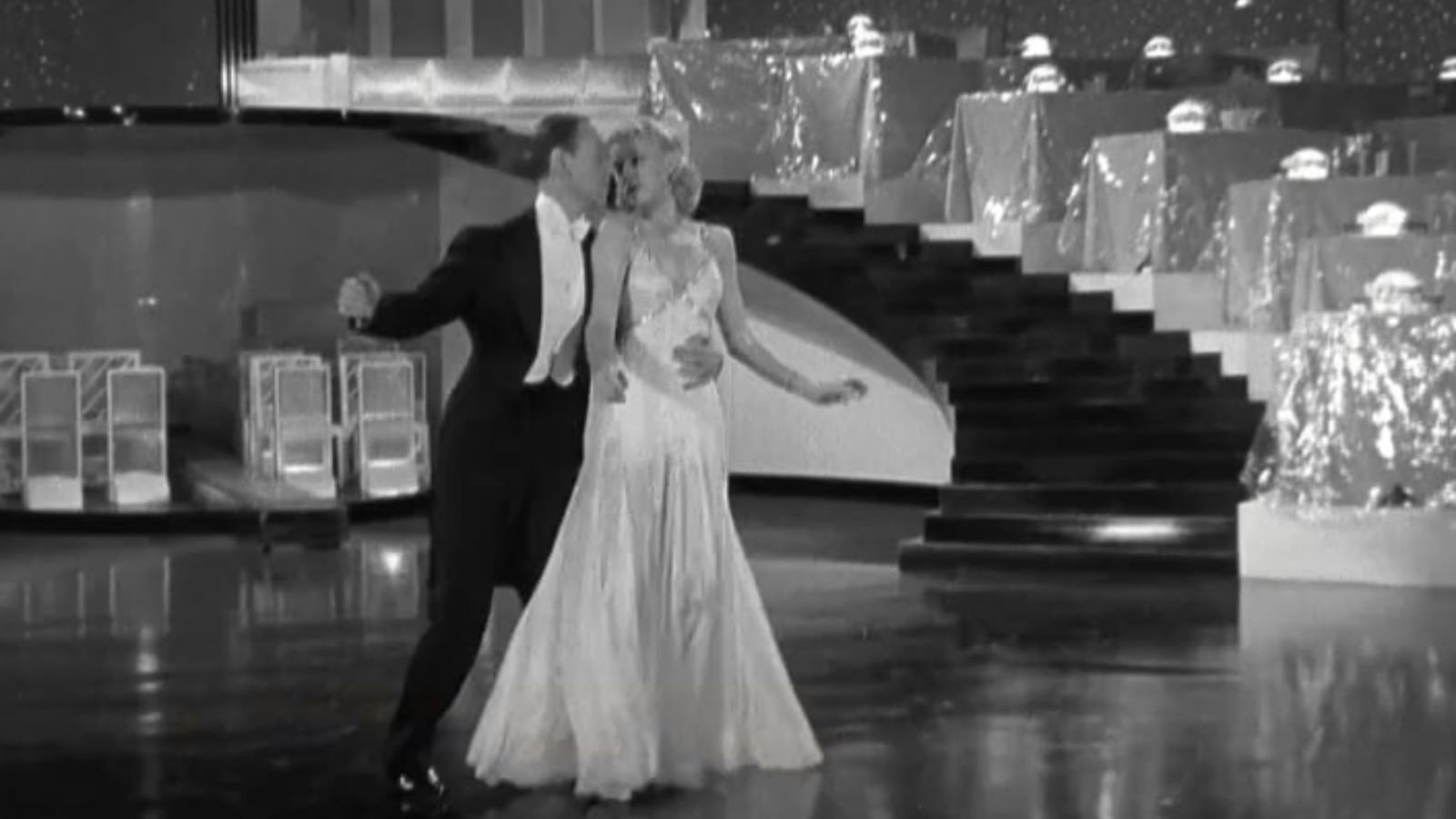
This classic dance movie might have fantastic routines, but some scenes are racist. Actors wear blackface makeup in the movie. It is a practice where white actors try to imitate Black people in a mocking way. This not only reinforces negative stereotypes but also erases the experiences of black people.
The Good Earth (1938)
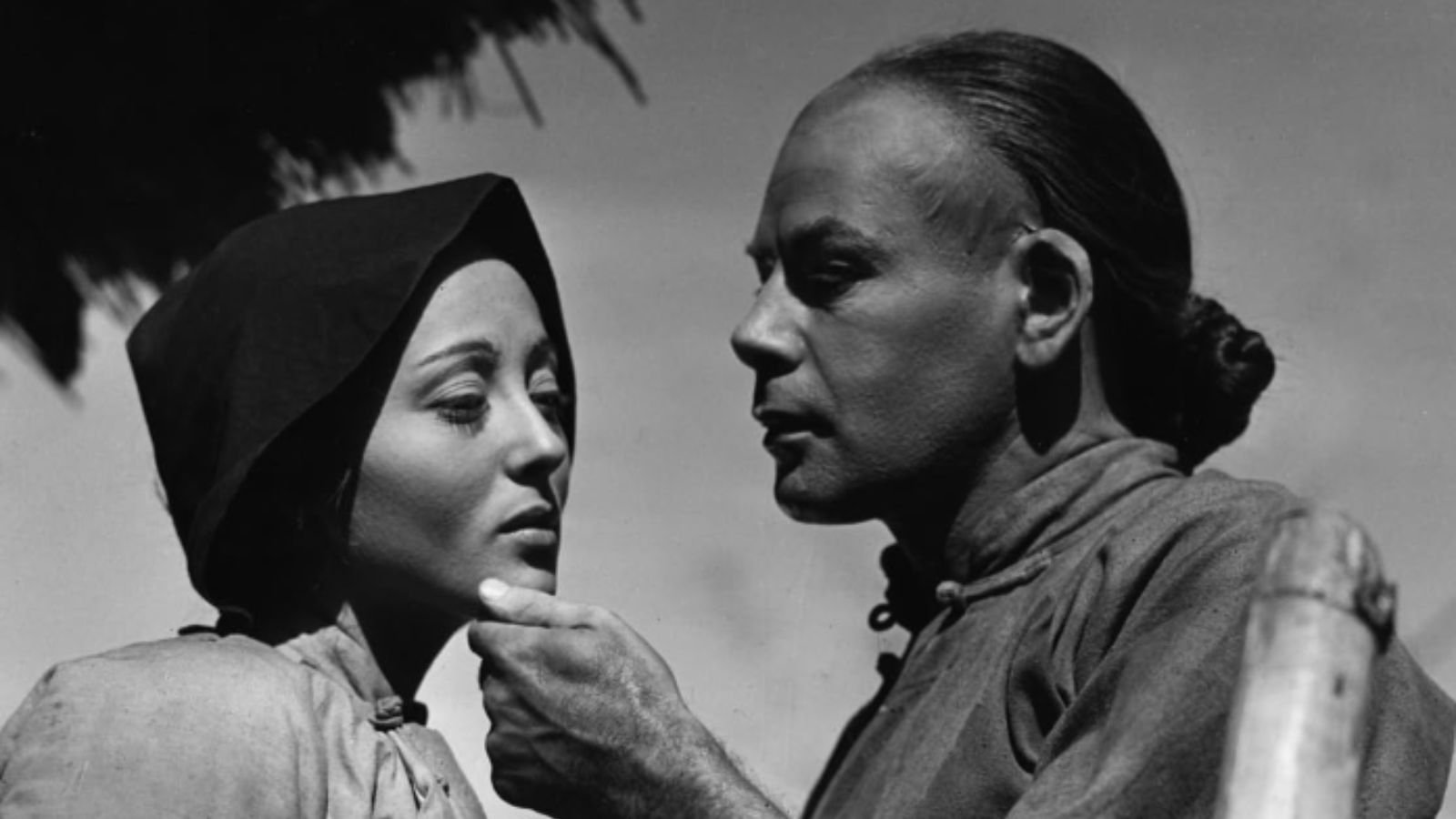
This movie shows the struggles of Chinese farmers. However, the problem is with the way they did it. Instead of casting Chinese actors, the film uses white actors in heavy makeup to appear Asian. This was a practice known as “yellowface.” This is disrespectful because it denies opportunities to Asian actors. Besides, the lack of Asian members led to stereotypical ideas about Asian people in the film.
Gone With the Wind (1939)
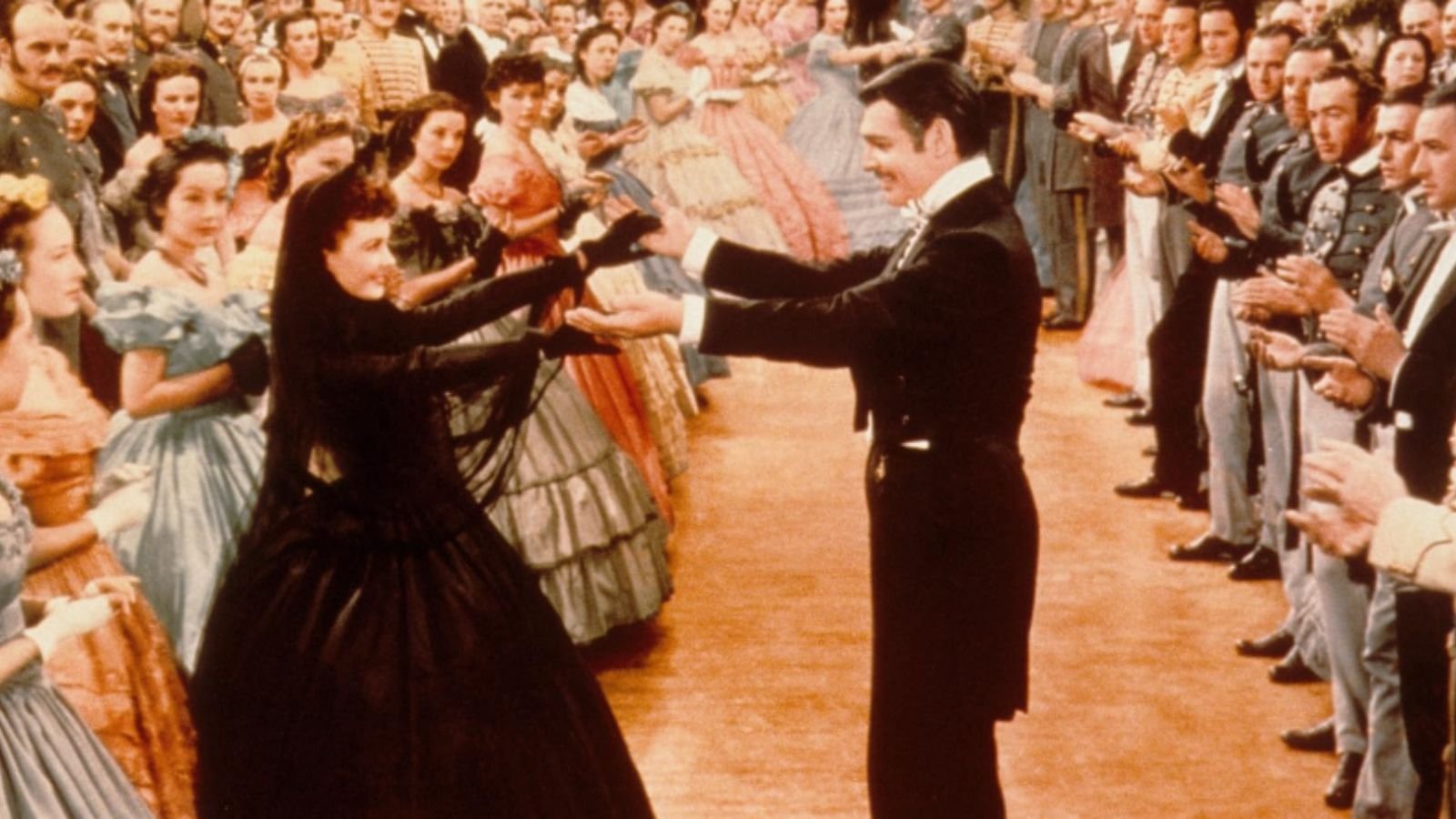
“Gone With the Wind” is a historical romance, but its portrayal of slavery is inaccurate. The film romanticizes the pre-Civil War South and glorifies the brutality of slavery. It shows enslaved Black people as happy and devoted to their white masters. The film completely ignores the dehumanizing treatment they actually faced.
Breakfast at Tiffany’s (1961)

This lighthearted romantic comedy featuring Audrey Hepburn has a dark spot about portraying Asians. Mickey Rooney’s character, Mr. Yunioshi, is a caricature of an Asian man. He’s loud, over-the-top, and wears heavy makeup to appear Asian. It was again the practice of “yellowface.” This is disrespectful because it highlights stereotypes instead of showing real Asian people. It reinforces negative ideas about Asian cultures in a movie that many people love.
Crash (2005)

“Crash” tries to be a deep look at racism in Los Angeles after 9/11, but it ends up being a bit heavy-handed. The movie connects the lives of several characters from different races. However, after watching the film, the connections may seem a bit forced. Instead of letting the story take the natural route, the film relies on obvious scenarios to make its point about prejudice. While its heart might be in the right place, “Crash” doesn’t offer any fresh perspectives. Many films in the past have highlighted the same thing in the same manner.
Slumdog Millionaire (2008)
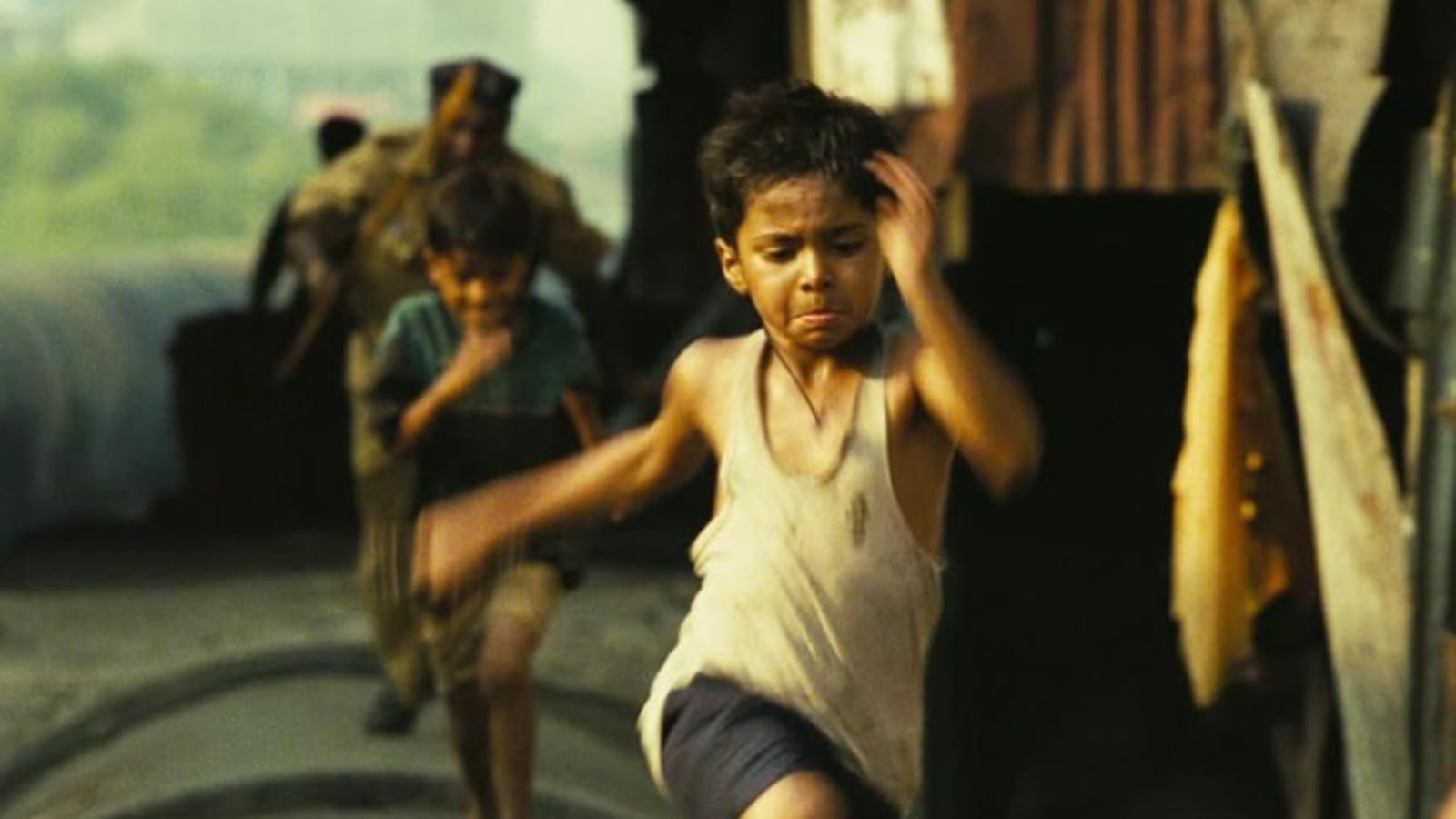
This rags-to-riches story about an Indian teenager on a game show sparked controversy in India. The movie itself was a huge hit internationally. However, some Indians felt it portrayed their country in a negative light. Critics argued that the film focused too much on poverty and violence in the slums, creating a one-sided view of India. Some even felt that the movie exploited suffering for entertainment. Instead, it should have offered a deeper look at Indian culture and society.
The Blind Side (2009)
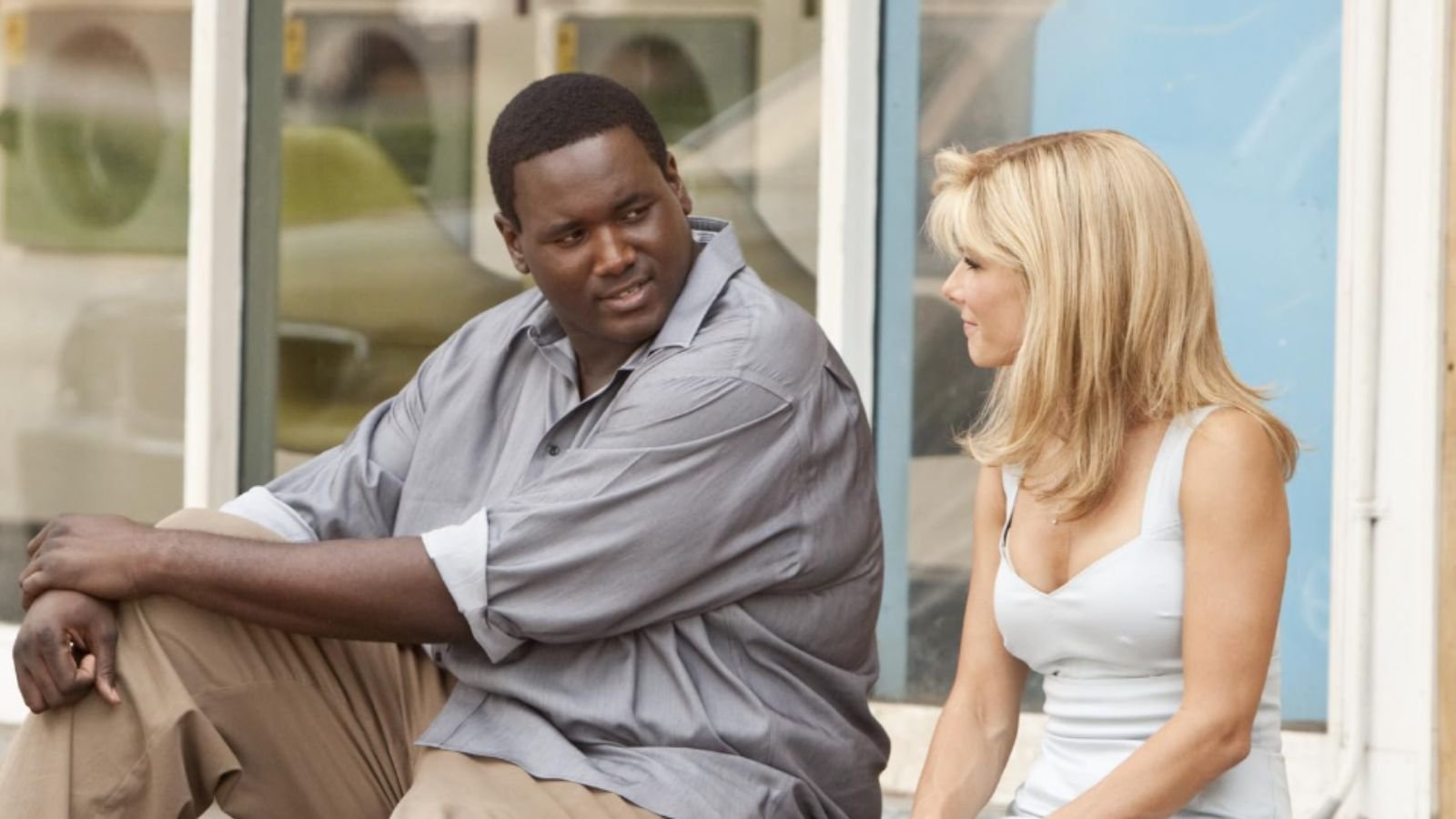
“The Blind Side” tells the inspiring true story of Michael Oher, a young man overcoming homelessness and trauma to become a star athlete. However, the film has faced criticism for its portrayal of racial dynamics. Critics argue that it perpetuates a “white savior” narrative, where the white family helping Oher is seen as his primary means of success. This perspective can reinforce outdated stereotypes about race and dependency. The film, while uplifting, oversimplifies complex issues related to race and assistance.
The Help (2011)
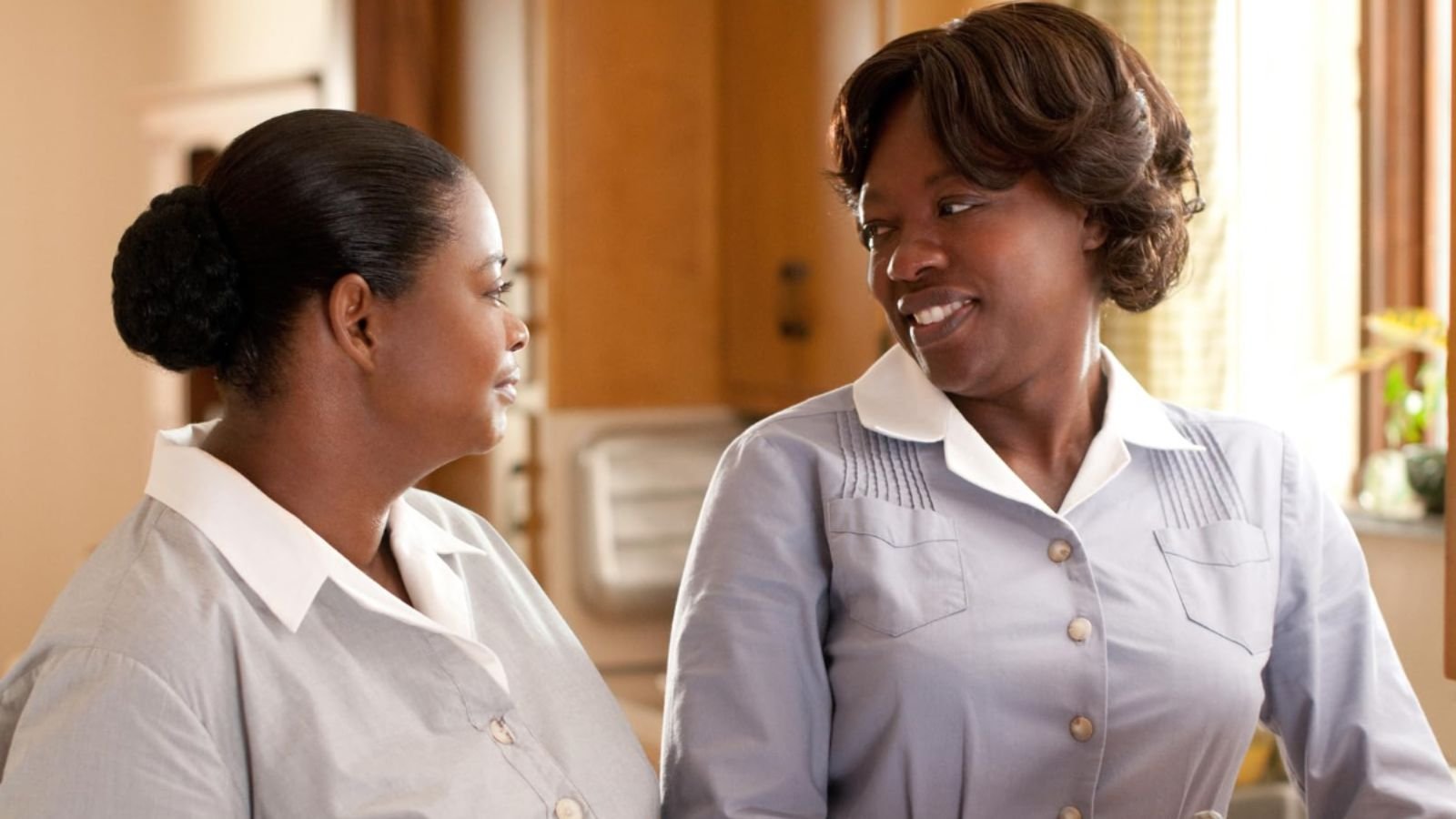
“The Help” takes on a serious topic of racism faced by Black domestic workers in 1960s Mississippi. However, the film has been criticized for its approach. While it sheds light on the injustices Black people faced, the story is driven by a white character, Skeeter Phelan. This creates a “white savior” narrative, which is unnecessary for the film. It is when a white person takes the lead in dismantling racism. Critics argue that this takes away from the credit of Black characters who have fought for equality.
Dallas Buyers Club (2013)
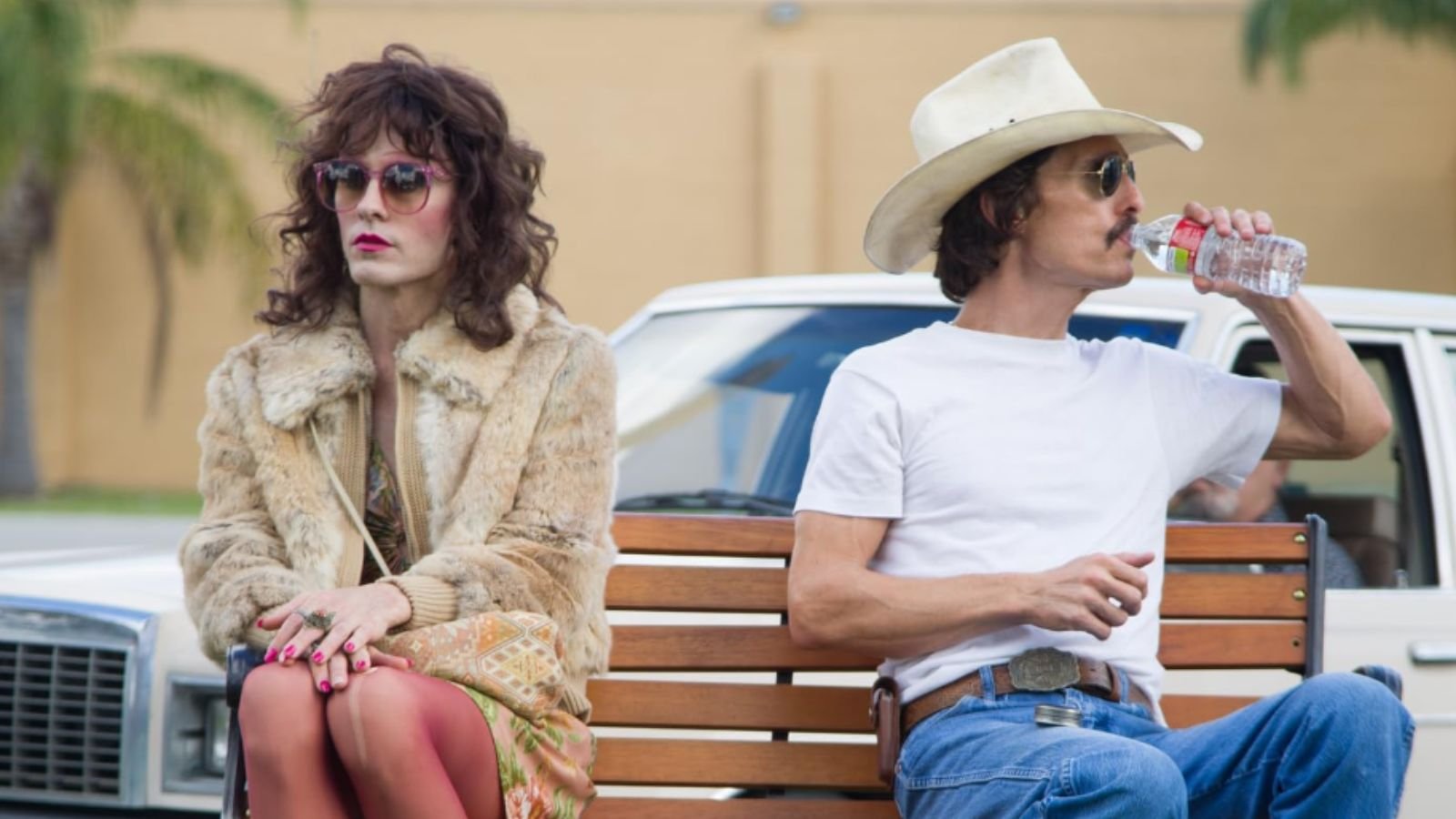
“Dallas Buyers Club” is a powerful story about Ron Woodroof, a man diagnosed with AIDS in the 1980s. The story depicts how he fights for access to treatment. However, the film was criticized for its portrayal of the disease and the LGBTQ+ community. The movie highlights the challenges faced by AIDS patients but fails to show the complexities. Some critics felt the film didn’t represent the experiences of the entire LGBTQ+ community well. Particularly gay men of color who were affected by the AIDS crisis.
Green Book (2018)

“Green Book” is the story of Don Shirley, a Black pianist, and his Italian-American driver, Frank Vallelonga. Both went on a concert tour through the segregated South in the 1960s. The film has been praised for showcasing racism during this period, but it’s also been criticized for its racial narrative. Some viewers see it as a “white savior” story where Frank protects Don from racism. Some also felt the film downplayed the dangers faced by Black travelers on such roadways.
